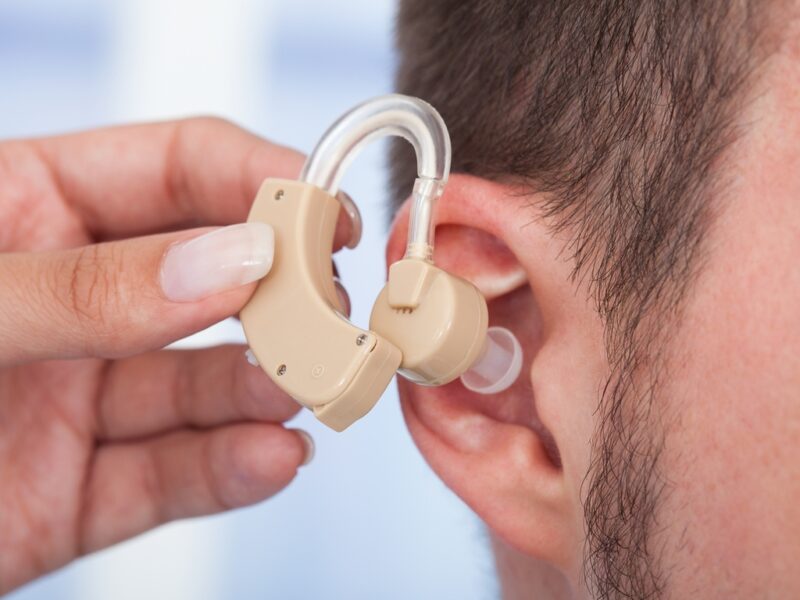
Hearing aids have been around for years and have undergone a number of changes. Over time, hearing aids have gotten smaller. They have improved in terms of their design and function so that they can provide users with an extensive range of benefits, including improving their ability to communicate better today than ever before.
Hearing aids come in different types. The type of hearing aid one may need depends on their hearing loss and the activities they participate in. In general, as a person with hearing loss becomes older, the degree of hearing loss becomes more severe, and they become less able to compensate for their hearing loss by using alternative strategies and a more powerful type of hearing aid is generally needed.
BTE Hearing Aids
They are worn behind the ear, which means that most of them are connected to an earmold. This earmold is shaped to fit inside the outer ear. It can be made of soft material, like silicone. The hearing aid case is made of hard plastic and is also worn behind the ear on the same side as the earmold.
A small part of the case sits just outside of the outer ear canal. Sound travels through the earmold and into the outer ear, where it goes into the inner ear. From there, sound travels to the brain, where it is perceived as sound for one to hear.
In-The-Ear (ITE) Hearing Aids
ITE hearing aids are worn completely inside the rim of the ear. They use a tiny microphone to pick up sound just as a behind-the-ear kit or open-fit aids do. They then convert this sound into electrical impulses that are delivered directly into the cochlea, which is a spiral-like cavity in the inner ear. These impulses can be decoded by the brain and perceived as sound.
Canal Aids
These aids are small, metal hearing devices that fit in the ear canal. Canal aids provide close to normal hearing for mild to moderately severe hearing loss. Canal aids are available in two styles, in-the-canal (ITC) and completely-in-canal (CIC). An ITC canal aid is made to fit the size and shape of a person’s ear canal. The other style, CIC canal aid, is nearly hidden in the ear canal.
Canal aids for moderate to severe hearing loss can improve speech comprehension in noise, but they are typically not suggested for young children or for people with severe to profound hearing loss.





